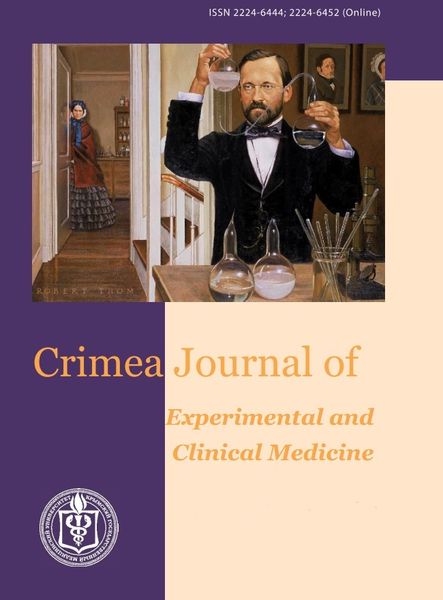The noise, as a professional harmfulness, is usually combined with other technogenic factors such asvibration, ultra- and infrasound, motion sickness. Therefore, it is possible to evaluate the isolated effect ofnoise in experimental modeling conditions. Goals. To create a model of isolated influence of white noise on awaking rabbits, the level of which corresponds to professional harmfulness for humans, but does not cause hearing organ damage. T o study the changes in local cerebral blood flow, vascular reactivity and oxygen tension in the brain tissues on the background of these model. Material and methods. A stand using a foamen support for a box with a rabbit and acoustic speakers, which provide the correct modeling of white noise, the intensity of which corresponds to professional industrial harmfulness was created. Electrodes were implanted into the cerebral cortex, hypothalamus, and thalamus of chinchilla rabbits in preparing for chronic experiments. Local blood flow, dilator reactivity of vessels to hypercapnia and constrictor reactivity of blood vessels to hyperoxia were studied by the H2 clearance method. Oxygen tensionwas studied by the polarography method. Results. Measuring the level of white noise using a stand near rabbit’s ears showed that it is professional harmfulness, but does not exceed the maximum permissible values. White noise simulated in this way causes hypoxia of the brain, which leads to an increase in the speed of local blood flow in the brain, and a slowdown in the reaction of vessels, mainly constrictor ones, is also observed. Conclusion. Along with hearing loss, the noise causes a symptom complex of the so-called extraural pathology, including, cerebrovascular disorders,the development of pharmacological correction of which has a scientific and practical interest.
noise, vibration, motion sickness, modeling, cerebral circulation disorders, brain hypoxia.
1. Denisov E. B. Noise on working place: LAL, valuation of risk and forecasting of hearing ost. Analisis of health risk. 2018;3;13-23. (In Russ.).
2. Baranova B. M., Perepach N. B. Condition of cerebral hemodynamic on humans exposed to intensive industrial noise. Gig Tr. 1989;11:22-25. (In Russ.).
3. Chkannikov A. N. Correlation of ear and extra-ear effects in workers exposed to industrial noise. Med Tr Prom Ekol. 1993;(2):12-16. (In Russ.).
4. Yashnikova M. V., Poteriyaeva E. L., Doronin B. M., Maximov V. N., Smirnova E. L., Karmanovskaya S. A. Clinical and phenotypical features of stroke and forecast in workers under exposure industrial noise.
5. Aizenshtadt V. C., Karkhanin N. P., Yesin M. C., Karishnikov A. V. The importance of the liquid crystal state of biogenic structures in the pathogenesis of a vibration disease (literature review). Gigiyena truda.
6. Tretyakov S. V. Condition of cardiovascular system under vibration (clinical and pathogenetic aspects). International research journal. 2023;(135). Available at:
7. Monier M., Gangloff M. Atlas for stereotaxis brain research on the conscious rabbit. Amsterdam. Elsvier Publishing Company; 1961:145.
8. Demchenko I. T. Measurement of organ blood flow by means of hydrogen clearance. Physiol. J. Of the USSR. 1981;67(1):178-183. (In Russ.).
9. Lassen N., Ingvar D. N. Blood flow of the cerebral cortex determined by radioactive Kripton-85. Experientia. 1961;17:42-45. doi:https://doi.org/10.1007/BF02157946.
10. Beketov A. I., Weinstein G. B., Gaydar B. V. and other. Unification of studies of cerebral circulation: Methodological recommendations. Edited by Moskalenlo Yu. Ye..: Leningrad: Nauka; 1986:36. (In Russ.).
11. Kovalenko Ye A, Berezovsky V A., Epshtein I M. Polarographic determination of oxygen in the body. Moskva.: Meditsina; 1975:231. (In Russ.).
12. Wilcoxon F. Individual comparisons by ranking methods. Biometrics. 1945;1:80-83.
13. Melnikova V. M., Sapegin I. D.A comparative analysis of the pharmacological effects of thiotriazolin and the new thriazol deriviative - thiometrizol on cerebral circulation and oxygen balance of the brain in
14. Moskalenko Ju. E., Beketov A. I., Maximuk V. F., Skoromny N. A. Cerebrovascular effects of motion sickness. Phisiol J USSR. 1989;75(11):1560-1567. (In Russ.).





